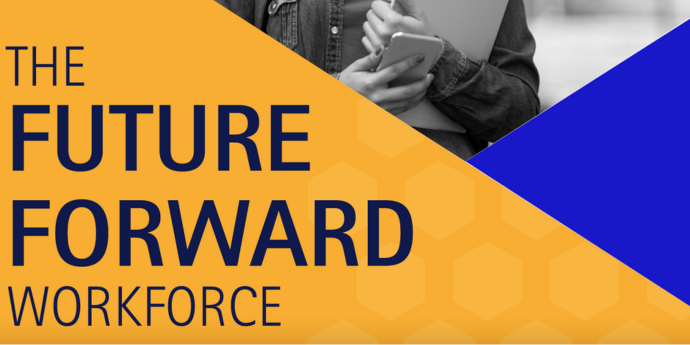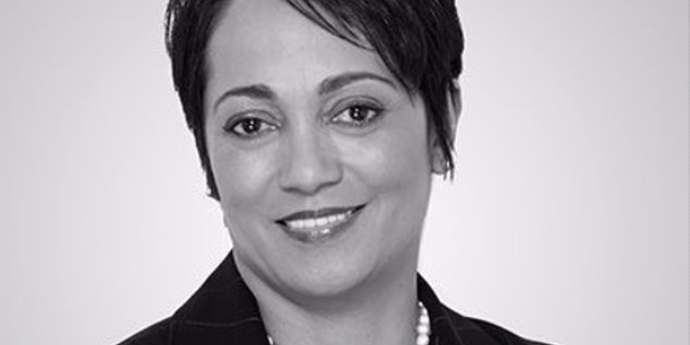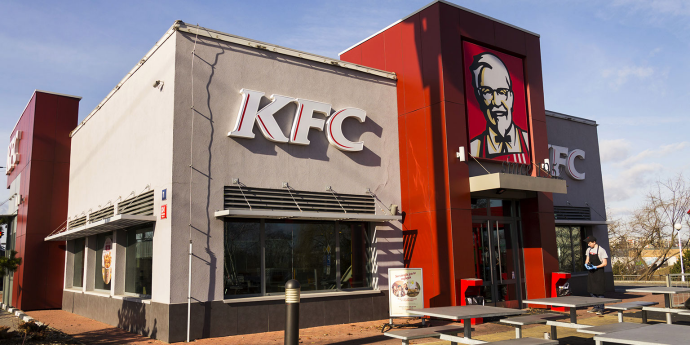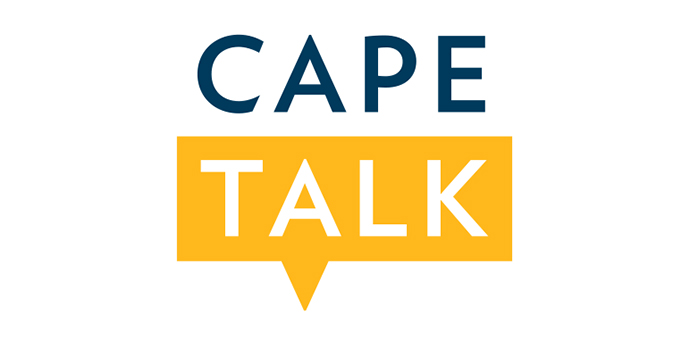Do you think you’re a better than the average driver? Roughly 90% of you reading this will think so. But of course, that’s statistically impossible. Half of you will be wrong. So where does this overconfidence in your ability come from? It’s a common cognitive trap we are all susceptible to. Familiarising yourself with what it means, and what to do about it, will undoubtedly improve your decision-making.
Good decision-making is a defining skill for leaders within businesses. It’s along this metric that they will ultimately be judged, because good decision-making will not only shape a firm’s profit margins, but also its future sustainability. Business leaders are effectively the drivers of very big cars, worth a lot of money, with dozens, and sometimes hundreds or even thousands of people in the back seat – all dependent on the safety of the vehicle they’re in. If these corporate drivers get things wrong, it can end in disaster.
One such example of a strategic business decision gone wrong, comes from a company all South Africans are pretty familiar with.
The costly David Jones
At the end of August, Woolworths made headlines after releasing its financial results. The company was able to slash its debt and reduce net borrowings by 91%, due largely to selling significant David Jones properties – an upmarket department store in Australia that Woolworths bought in 2014. Back then, the decision was believed to be a good one by those in the driving seat – but the market didn’t see things quite the same way.
When the acquisition was announced, the Woolworths share price took a huge knock. This was because the company had paid a 25% premium for David Jones, which wasn’t exactly shooting the lights out in Australia. It raised alarm bells at the time, which have since been justified – hence the market is now reacting positively to Woolworths selling off debt in the region.
So what are the lessons to be learnt? Warren Buffet, famed for his savvy investment principles, once said that many corporate acquirers think of themselves as magical princesses, confident their special kisses can transform toads into handsome princes. In all his time, however, he says he’s seen many kisses, and few miracles. This was backed up by a significant study by Hayward and Hambrink, which revealed that CEO hubris is often associated with acquisition premiums – paying more to acquire a company than you otherwise should.
Looking back, the decision to pay big bucks for David Jones was a function of overconfidence. Such overconfidence, on this occasion, was a result of overestimation – the Woolworths management falsely believing their call would deliver returns beyond what the evidence suggested – and overprecision – excessive faith they knew the real truth, believing the market was missing something. This was borne out by their forecasts for the expected earnings from their acquisition: they predicted returns more than three times greater than what materialised.
The decision-makers at Woolworths couldn’t see the true worth of the Australian retailer through their excessive overconfidence. It resulted in the company having to write-off billions, in fact more than half of the overall deal value – the corporate equivalent of a car crash.
There are a few questions which the Woolworths board should have asked the management team at the time: What other growth strategies have you considered besides the David Jones acquisition? What uncertainties have you considered around the strategy you’re promoting? How did you model those uncertainties? How robust is your strategy against those uncertainties? These kinds of questions can fundamentally improve the robustness of strategic decision-making – recognising that overconfidence biases are real, and through that realisation, bringing in measures to mitigate them.
Evaluating a ‘good’ decision
It’s impossible, however, to show why overconfidence may lead to the wrong decision if we aren’t able to clearly define what qualifies as a ‘good’ decision. But evaluating a good decision is a difficult task – as each decision rests on the context in which it is made. Fortunately, Carl Spetzler, Hannah Winter and Jennifer Meyer offer a valuable framework in their book, Decision Quality. They define six dimensions for evaluating the quality of a strategic decision.
The first is appropriate framing – properly defining the decision problem. The second revolves around shaping creative, executable alternatives – not just entertaining other options for the sake of it, but truly exploring viable alternatives. Third: assessing those strategic alternatives using meaningful and reliable information – making sure you’ve considered the information most relevant to making that decision and assessing the uncertainties around it. The fourth dimension requires clear values and trade-offs. This refers to how you consider the alternatives in light of what you care most about.
Of course, all this should be assessed with sound rationale for how you came to arrive at the decision, effectively weighing up the different alternatives and assessing what will likely yield the greatest value. That makes five, and this outlines clarity of intent; but it isn’t a decision until action follows through. Therefore, the sixth dimension is a commitment to action.
Along each one of these dimensions, people are susceptible to cognitive biases, and overconfidence is, according to Don Moore, a lead researcher in this field, the “mother of all biases”. It’s often the root cause behind other mental traps that limit your ability to see reality for what it is. In my research at the University of Cape Town’s Graduate School of Business – one of only three triple-crown accredited African business schools – evidence suggests that specific pessimists substantially outperform vague optimists. This is because a little pessimism goes a long way in making you question the beliefs underpinning your decisions. This can only help those decisions be more robust.
So, the next time you feel especially emboldened when making a big decision, reflect a little more, try to see the downside, and remember, if you think you are smarter than everyone else, you are statistically likely to be wrong about that.
Wayne Borchardt is Adjunct Senior Lecturer at the UCT GSB.








































